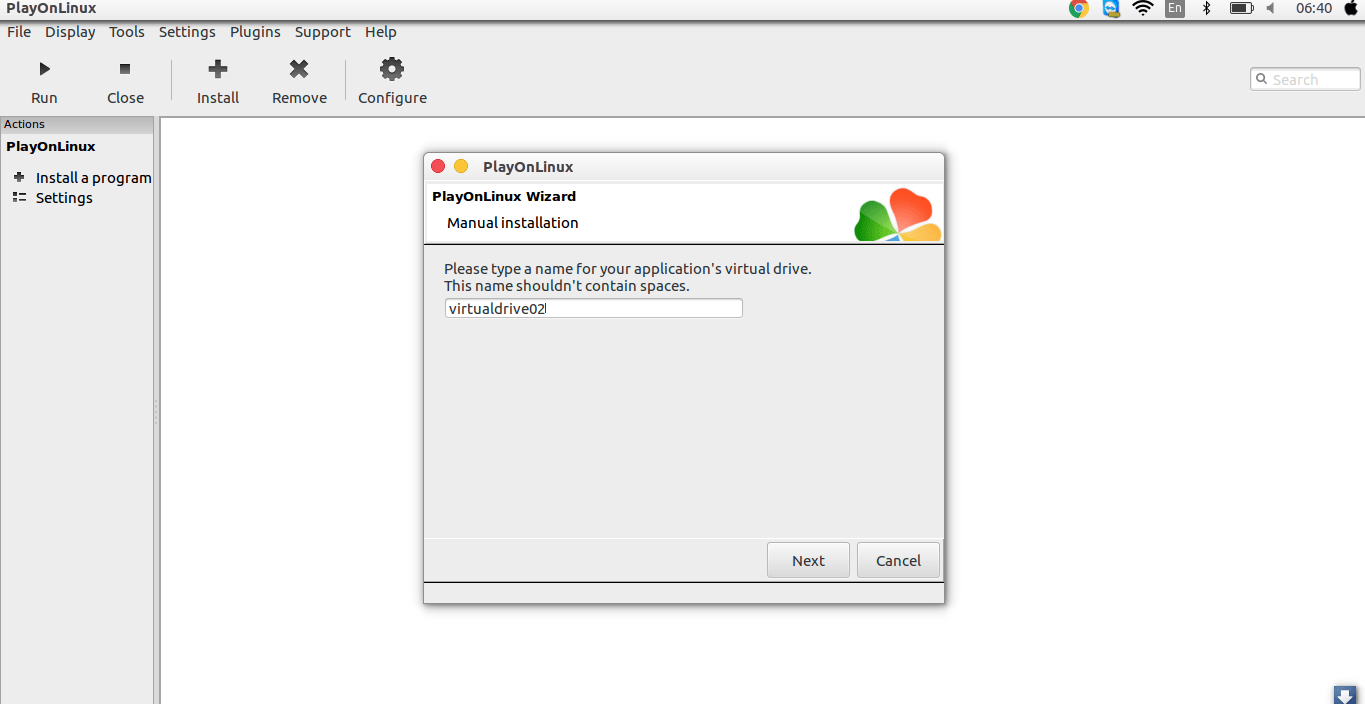
Go sftp client password#
After the user name and password prove valid, the process checks on IP restrictions. Your organization can now place IP restrictions on SFTP access. Repeated failed attempts blocks the SFTP user based on the organization password policies.Ī failed SFTP login attempt can be resolved by resetting the SFTP user's password within the Campaign UI. User name and password authenticationĪ failed SFTP login attempt increments the total number of failed login attempts for the user. Public key method does check for IP restrictions, if enabled for the org or user. So if a user is blocked or disabled as indicated via the UI/API, then they'll likewise be prevented from successfully logging into SFTP. The public key way of authenticating for SFTP now uses the same method for checking valid user names and passwords as the password way does. Use one of the following alternatives to access SFTP. If the multi-factor security method is enabled, users cannot access the SFTP using user name and password. For more information, see Whitelisting Acoustic Campaign by host name.
Go sftp client update#
If you have firewall restrictions in place, you may also need to update your whitelisting rules to reflect the new SFTP host name for your pod (for example, ). See Standardized Acoustic URLs for the latest pod and SFTP address information. In your respective SFTP, enter the port number for the appropriate protocol. Also, the user name and password are the same as your Campaign user name and password. If you have an active Campaign user name and password, you are ready to go.įor example, if you log in to, your pod number is 1 and your SFTP host is s. To access your SFTP account, you first need to know your Campaign pod.Īll active Campaign user accounts are already SFTP enabled. Pod information for setting up an SFTP account Access your SFTPįor SFTP information and other Acoustic URLs, see Standardized Acoustic URLs. reporting or list import).Ĭampaign supports SFTP (SSH File Transfer Protocol).

You can also use SFTP for inserting external content into an email template and perform certain API processes (e.g. updated database files to transfer to your data warehouse) and set up recurring list imports (database or relational table). a database file), export files from Campaign (e.g. The SFTP feature allows you to import large files into Campaign (e.g. A Secure File Transfer Protocol (SFTP) account can be necessary in different areas of Campaign.


 0 kommentar(er)
0 kommentar(er)
